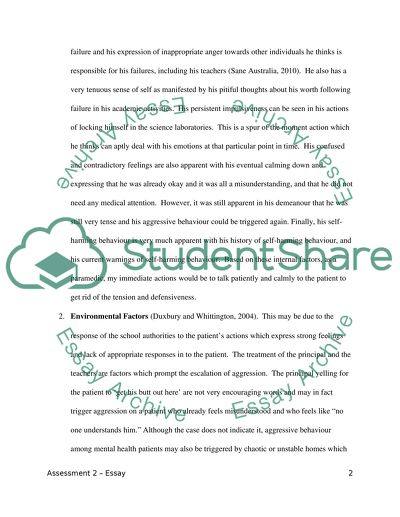Cite this document
(“Emergency Mental Health: Mental illnesses in the current society Essay”, n.d.)
Retrieved de https://studentshare.org/health-sciences-medicine/1391231-emergency-mental-health
Retrieved de https://studentshare.org/health-sciences-medicine/1391231-emergency-mental-health
(Emergency Mental Health: Mental Illnesses in the Current Society Essay)
https://studentshare.org/health-sciences-medicine/1391231-emergency-mental-health.
https://studentshare.org/health-sciences-medicine/1391231-emergency-mental-health.
“Emergency Mental Health: Mental Illnesses in the Current Society Essay”, n.d. https://studentshare.org/health-sciences-medicine/1391231-emergency-mental-health.


